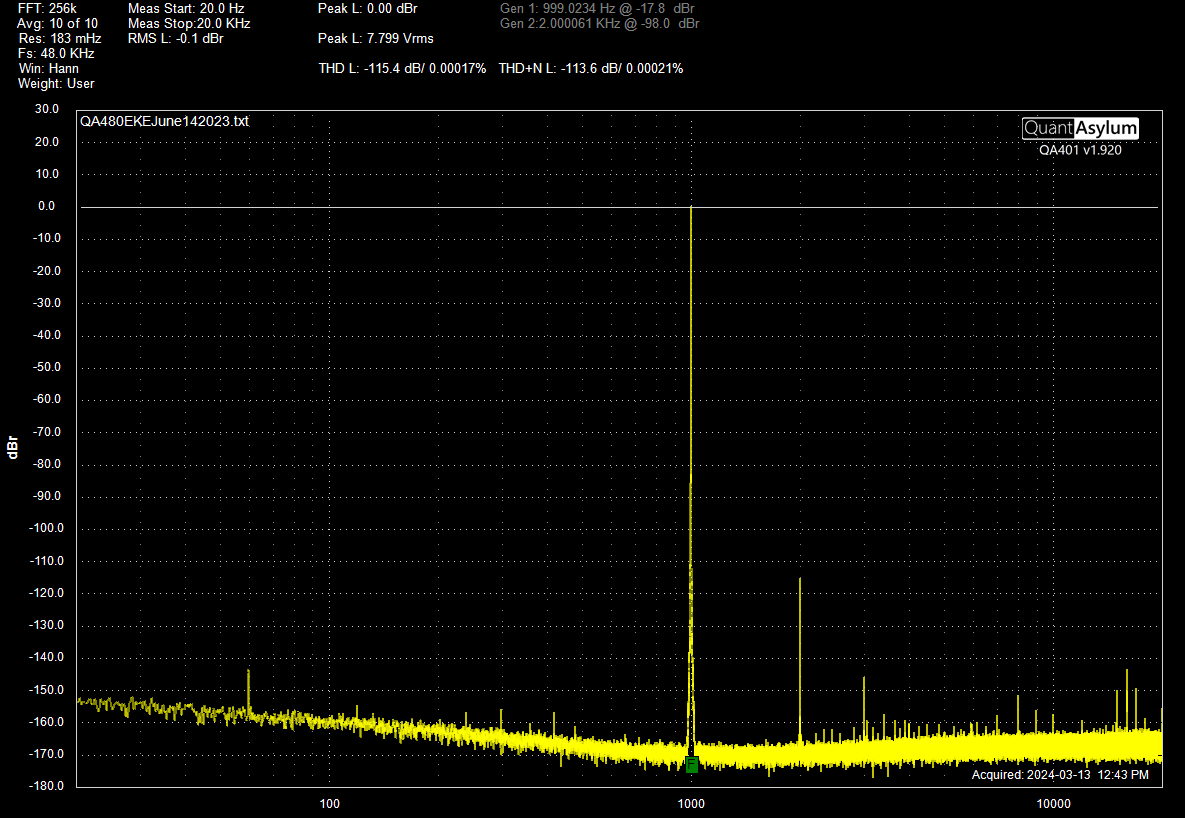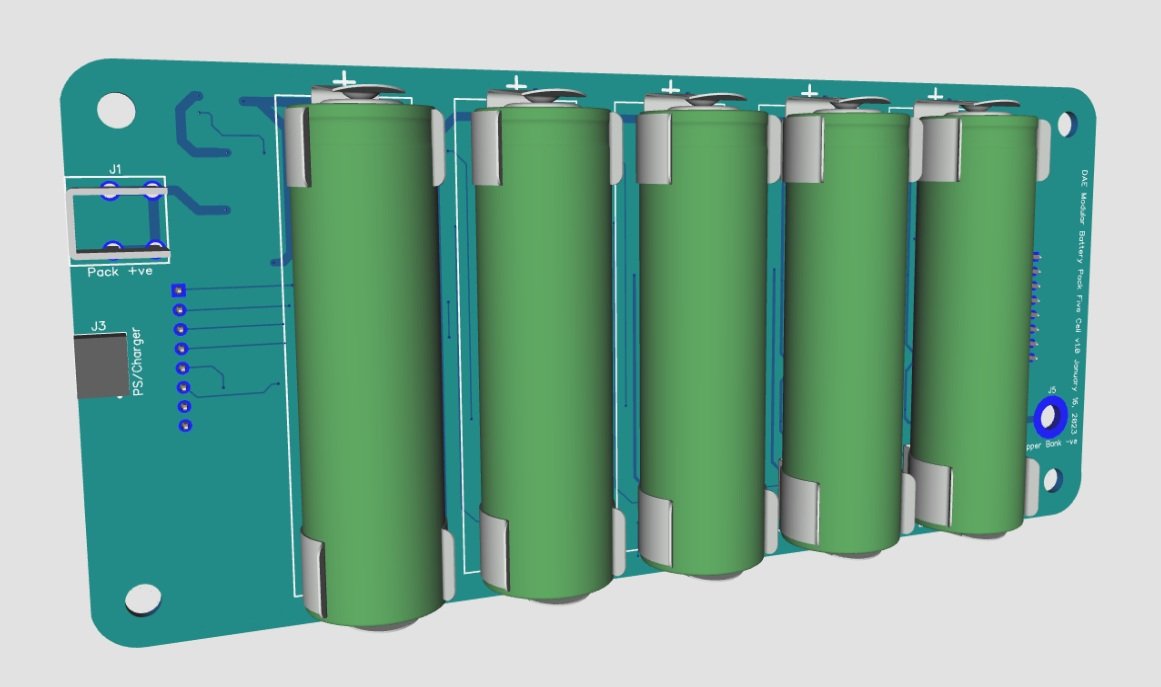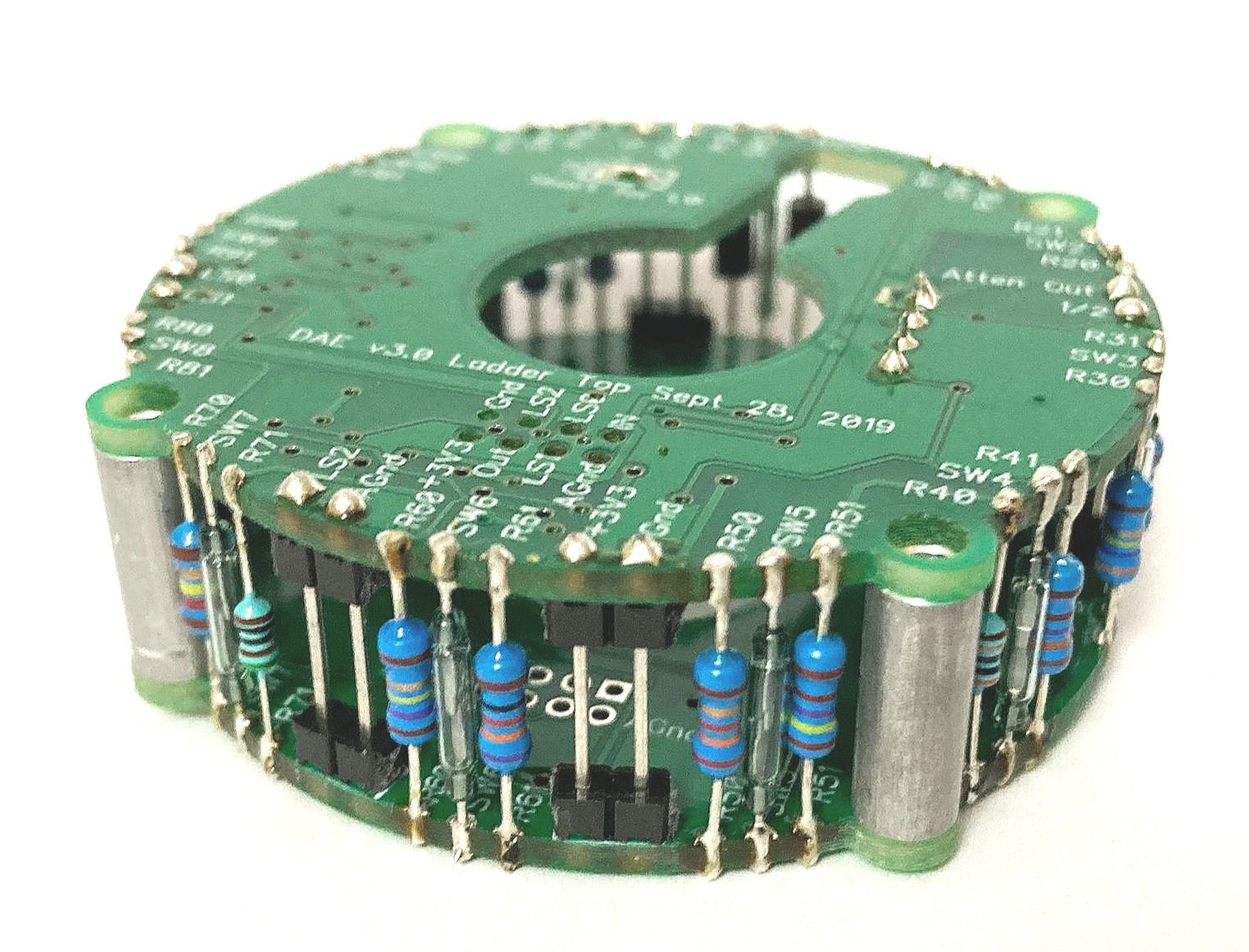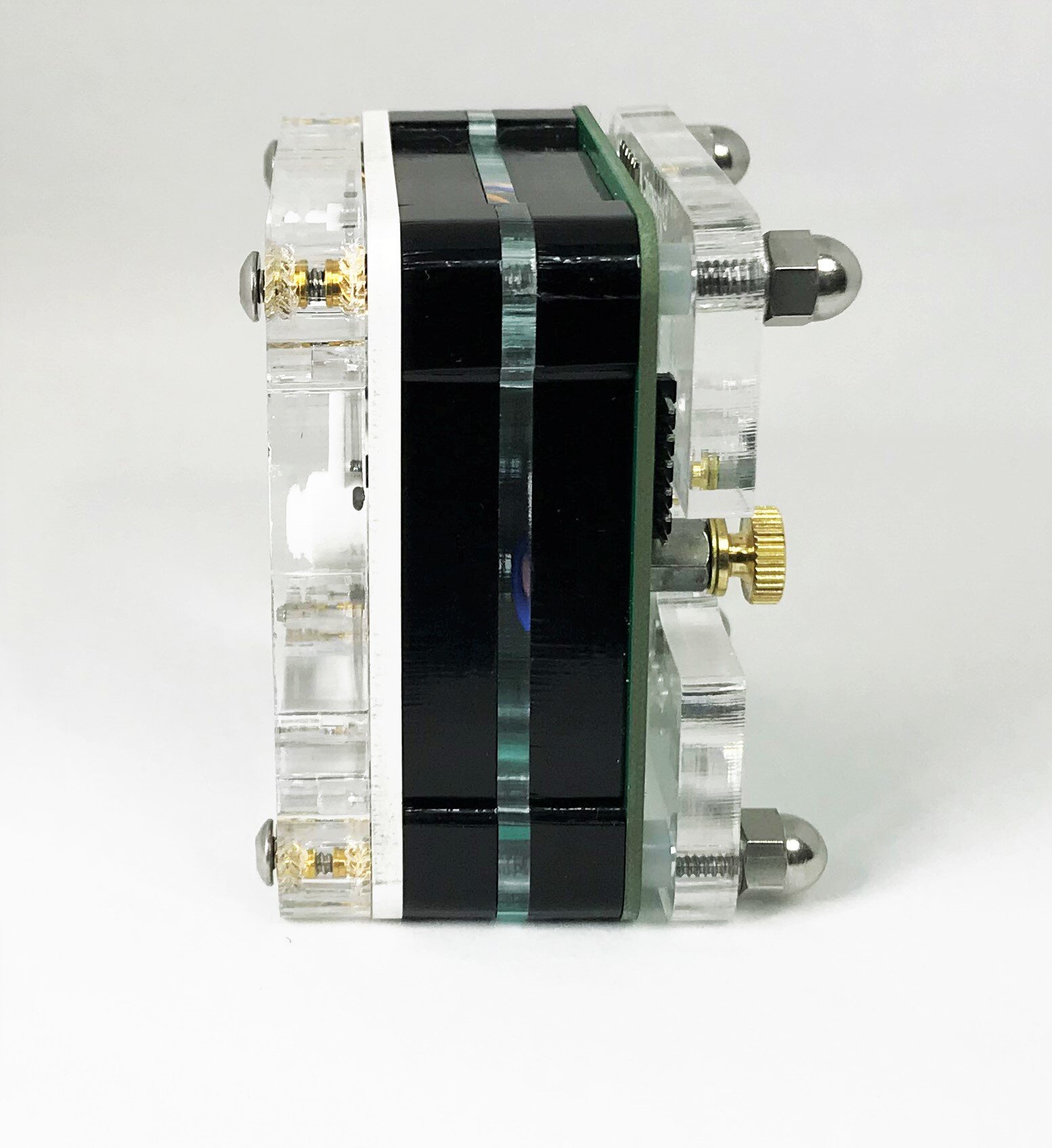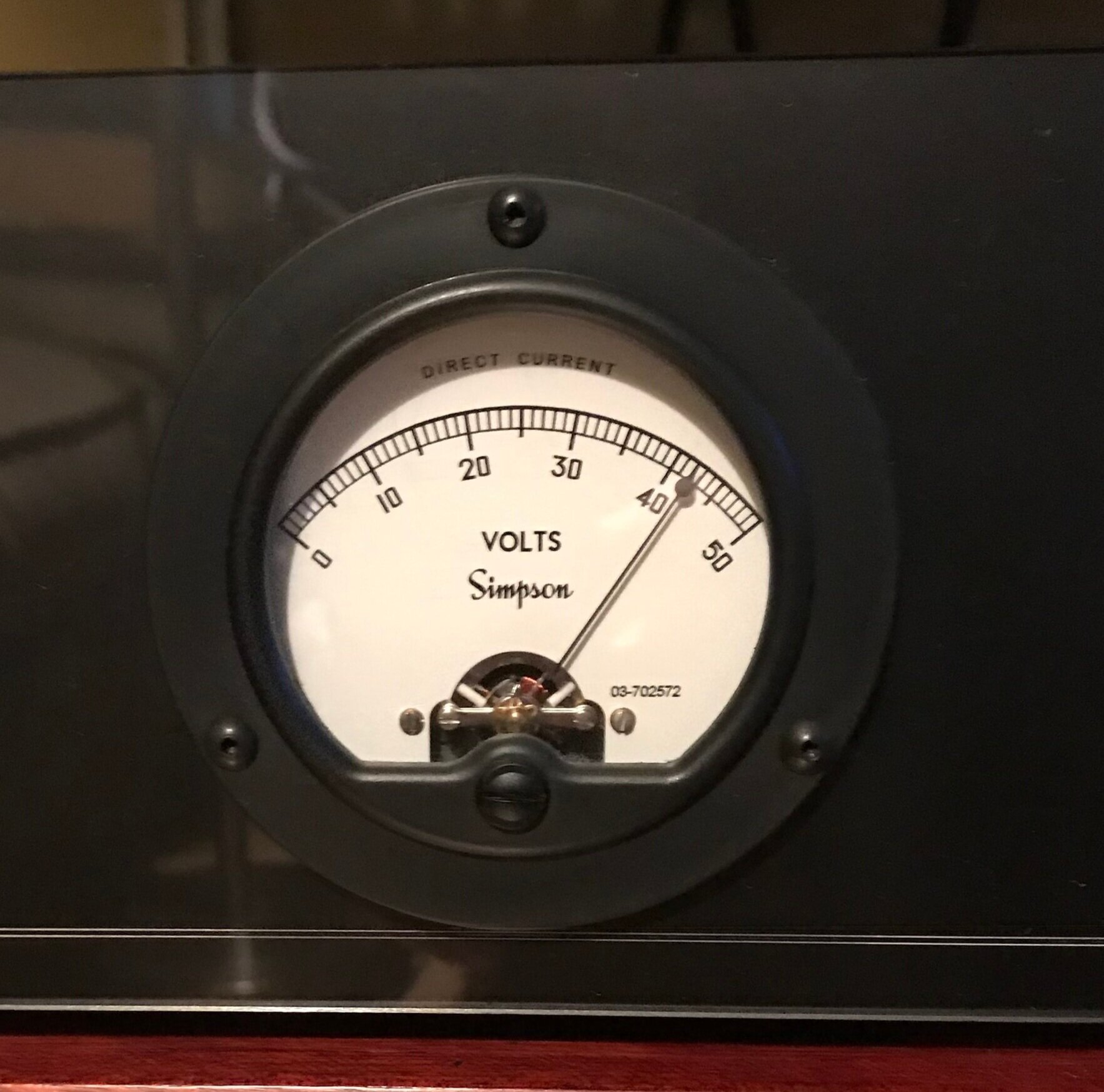What is the funny terminal “PS Gnd” terminal next to the DC power input of the DÆ Phono Preamp v4.0 and what does it do?
Photo of rear of DÆ Phono Preamp v4.0. Note terminal at the right labeled “PS Gnd”
PS Gnd stands for Power Supply Ground and it does quite a lot actually.
Measurements of the performance of the DÆ Phono Preamp v4.0 had to be very carefully done to get a clean measurement of the preamp alone. I paid particular attention to the cabling and grounding but no matter what I did, there was always a 60 Hz power line component above the background noise.
After much head scratching I discovered that the problem was caused by common mode noise from the switching power supply in the wall brick providing the 48 VDC to the preamp. “DC” or direct current is a relative term in this case as it direct current but it is certainly not noise free. Common mode noise was so pervasive that it even appeared at the output when the preamp was powered from it’s internal battery.
The solution was to add capacitor between the negative power supply terminal on the barrel connector and building ground to shunt the common mode noise away from the preamp. This YouTube video (click the words “YouTube video” to start the video) was very informative about common mode power supply noise and possible solutions. The video focuses on noise from a laboratory bench power supply. At about the the 21:40 mark the presenter describes a method to reduce the common mode noise that involves the simple addition of a capacitor at the output. In the DÆ Phono Preamp v4.0 circuit diagram (click the word “circuit” to see the schematic) of the rear connection board the PS Gnd connector and associated capacitor are parts J19 and C4 respectively.
The following two graphs illustrate the effectiveness of connecting the PS Gnd terminal to the building ground. The first figure is the measured output of the DÆ Output Board v1.0 in an enclosure without a connection to the PS Gnd terminal.
DÆ Output Board v1.0 in the enclosure but without a connection to the PS Gnd terminal.
Pretty ugly isn’t it.
And with the PS Gnd terminal connected to building ground the results are…
DÆ Output Board v1.0 in the enclosure with a connection to the PS Gnd terminal.
Now that is more like it. The noise is reduced by many tens of decibels.
As a more common alternative to the PS Gnd terminal is a connection to the Chassis ground. The interference can be reduced by connecting the chassis directly to building ground using the Chassis Gnd terminal. Problem is this increases the possibility of forming a ground loop especially if the pre-amplifier or amplifier downstream of the DÆ Phono Preamp v4.0 is also grounded. The big advantage of the PS Gnd terminal is the capacitor coupled ground connection reduces the possibility of forming ground loops.
During numerous tests, I found that the connecting the PS Gnd terminal to building ground was the most effective way to reduce the interference especially at the power line frequency of 60 Hz. In many cases it was even more effective than grounding the preamp using the Chassis Gnd terminal.
I also found that using my RIGOL DP831 linear laboratory bench power supply did not cure the interference at 60Hz. So merely exchanging the wall brick 48VDC switching power supply with a linear power supply is not a silver bullet.
The wall brick power supply I use is a Class II supply with only a two prong plug. There is no ground pin on the power cord of the wall brick power supply. This ensures that neither of the two terminals of the 48VDC cord is connected to ground. I found that wall brick power supplies with a three prong plug had a variety of connections between the output direct current barrel plug and the power cord ground pin. Some supplies had a direct connection between the ground pin and the negative terminal of the barrel plug while others had a resistor between each of the two barrel plug terminals and the ground pin. There was no hard and fast standard. To clear-up any possible confusion about how and where the equipment is grounded, I opted for a Class II supply with a two prong plug but added the PS Gnd terminal.












